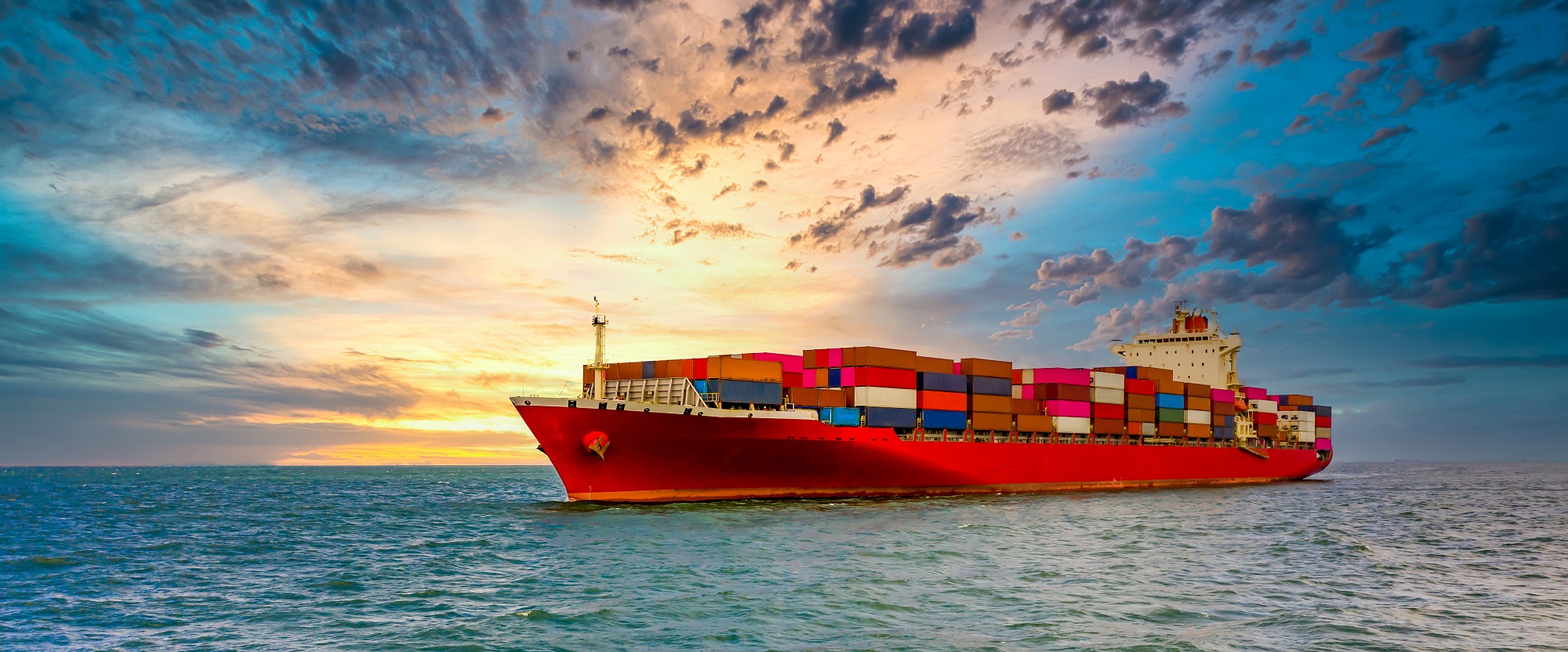As the world began to recover from the Covid pandemic, the impact on global shipping came into sharp focus. With medical supplies and PPE using up vast amounts of the capacity for an extended period, combined with major lockdowns of entire regions and ports in China; the availability of shipping containers, space on board ships and the cost became key issues.
Air and Rail the saviours
In a bid to maintain the movement of goods around the globe, rail and air stepped in to help service the huge demand for freight services. Whilst historically both were significantly more expensive than shipping by sea, the overnight increase in the price of a container on a ship suddenly made these slightly more cost effective (and faster) alternatives. Even though they continue to command a premium, they have been valuable stop gap solutions for many sourcing goods from the Far East. But now rail at least may have been lost as an option due to the war in Ukraine.
Rail route through Russia and Ukraine an issue
The vast rail freight trains, some measuring kilometres in length, enabled containers to be brought from the Far East across continents and into the UK, with major players in the freight market, such as Maersk, increasing the number of services it offered to cope with demand. But with many of the main routes crossing Russia, to avoid the mountainous areas of Mongolia and Kazakhstan, the war in Ukraine and sanctions imposed on Russia, may mean this is no longer a viable option.
One local company who sources goods from the far east advised, “We’ve been incredibly lucky indeed as we have four, forty foot containers arriving in the coming days via rail freight, which have caught up with two further containers that were on the high seas longer than usual and following an additional delay in port. Whilst we’ve had to pay a premium to use the rail freight, it has meant that we have been able to continue to service our customers and replenish our depleted stocks. But with the main rail freight route from China coming through Russia, this may not be an option for us in the future, and that will have a renewed impact.”
Prices calming, capacity returning
Even though prices have climbed down from the record breaking peaks achieved in 2021 and capacity is beginning to return, the shipping crisis is far from over and this latest twist will provide a further headache for importers from China and the far east. Mid-term estimates suggest that the price of a container will remain well above its traditional norms, at more than double its 2019 prices. Although air freight remains an option, of them all it will always be the most expensive and for extremely bulky or heavy goods will have to be a last resort.
